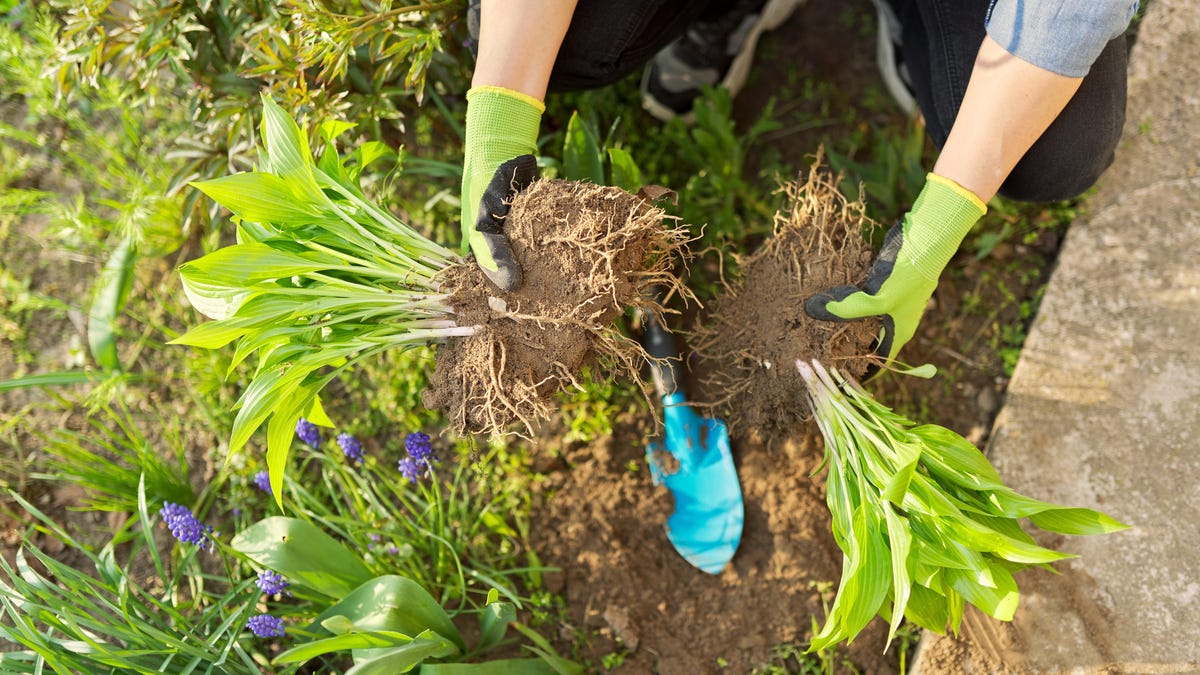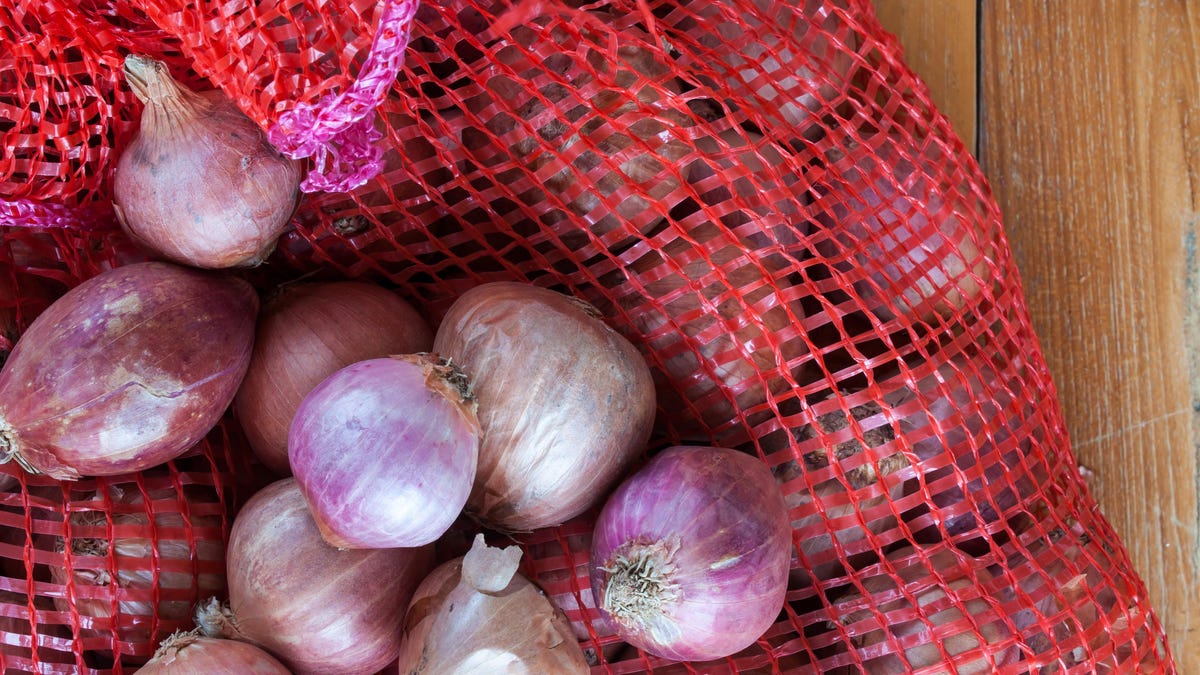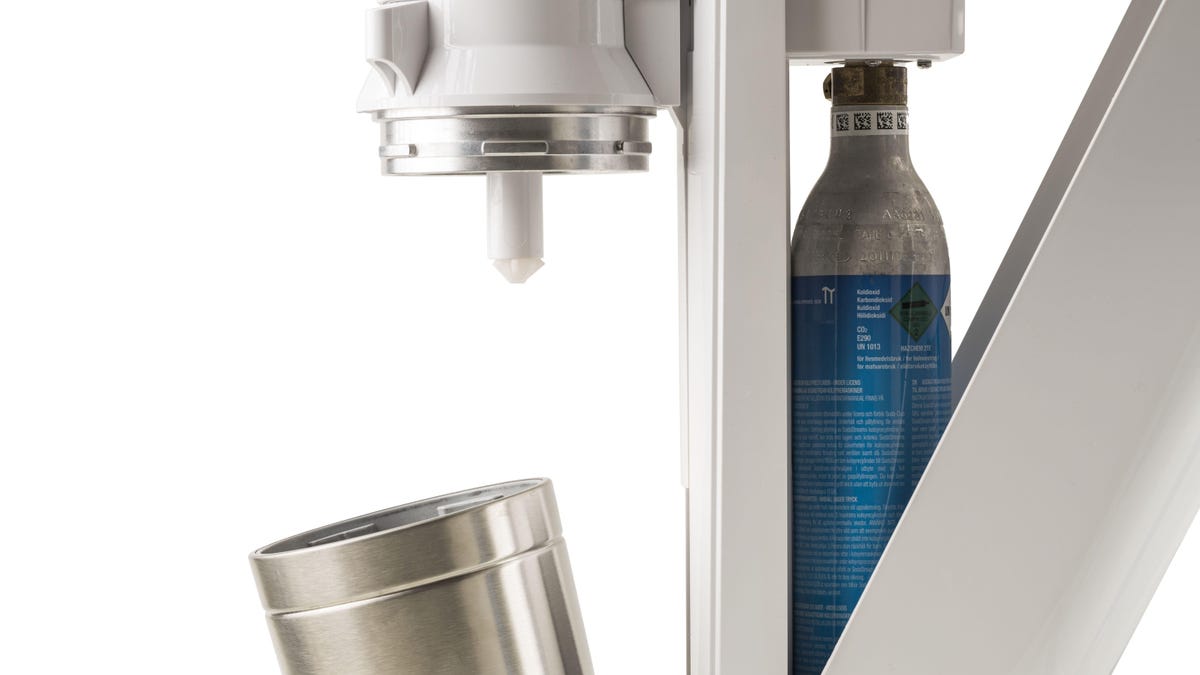How to Divide Perennials, and Why You Should
Perennials have earned a place in the hearts and yards of people who enjoy having foliage around, but don’t necessarily want to spend time planting it each year. And while perennials do tend to be lower-maintenance than their annual...


Photo: VH-studio (Shutterstock)
Perennials have earned a place in the hearts and yards of people who enjoy having foliage around, but don’t necessarily want to spend time planting it each year. And while perennials do tend to be lower-maintenance than their annual relatives, that doesn’t mean that they’re completely hands-off.
In fact, after residing in your yard or garden for a few years, you may begin to notice that they don’t look as full and healthy as they once did. Their blooms be may smaller, they may develop a “bald spot” in the middle of their crown, or you may have to start staking their stems to prevent them from toppling over.
If you notice any (or several) of these signs, it’s probably time to divide your perennial plant. Here’s how to do that, and why it’s important.
Why you should divide your perennials
While dividing perennials does, in fact, leave you with more plants that you can add to other parts of your garden or yard (or give away or sell to other people), it has other benefits as well. The biggest one is that it can stimulate new growth in a plant—especially if it previously resided in a patch of ground that was getting to be overcrowded (with plants).
When the plants are all crammed into a small space, they have to compete for nutrients and water. Plus, the restricted airflow makes it easier for them to become diseased. When you divide your perennials, it gives their roots the space they need to spread out so they can grow and bloom.
How to divide perennials
Before you start to divide and conquer your perennials, be sure that their soil is moist—either by watering them the day before, or doing the dividing after a few days of rain showers. And, if possible, divide your plants on a cloudy day, so that the sun doesn’t dry the plants out while they’re in transit.
Here’s how to divide perennials, according to the University of Minnesota Extension:
Use a spade or fork to dig up the parent plant.Gently lift the plant—and its roots—out of the ground. Remove any loose dirt clinging to the roots.Divide the plant using one of these three methods: (1) Gently pulling or teasing the roots apart with your hands; (2) Cutting them with a spade or sharp knife; (3) Putting two forks back-to-back in the middle of the clump, then pulling them apart.Be sure that each “new” plant has three to five vigorous shoots, and a healthy supply of roots.Either plant the divided perennials right away, or keep them moist and in the shade until you replant them in the ground.
 AbJimroe
AbJimroe 
























![Are You Still Optimizing for Rankings? AI Search May Not Care. [Webinar] via @sejournal, @hethr_campbell](https://www.searchenginejournal.com/wp-content/uploads/2025/06/1-1-307.png)






